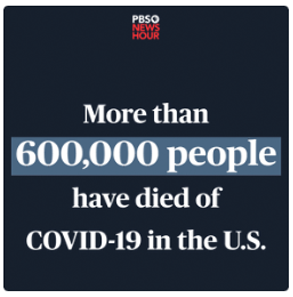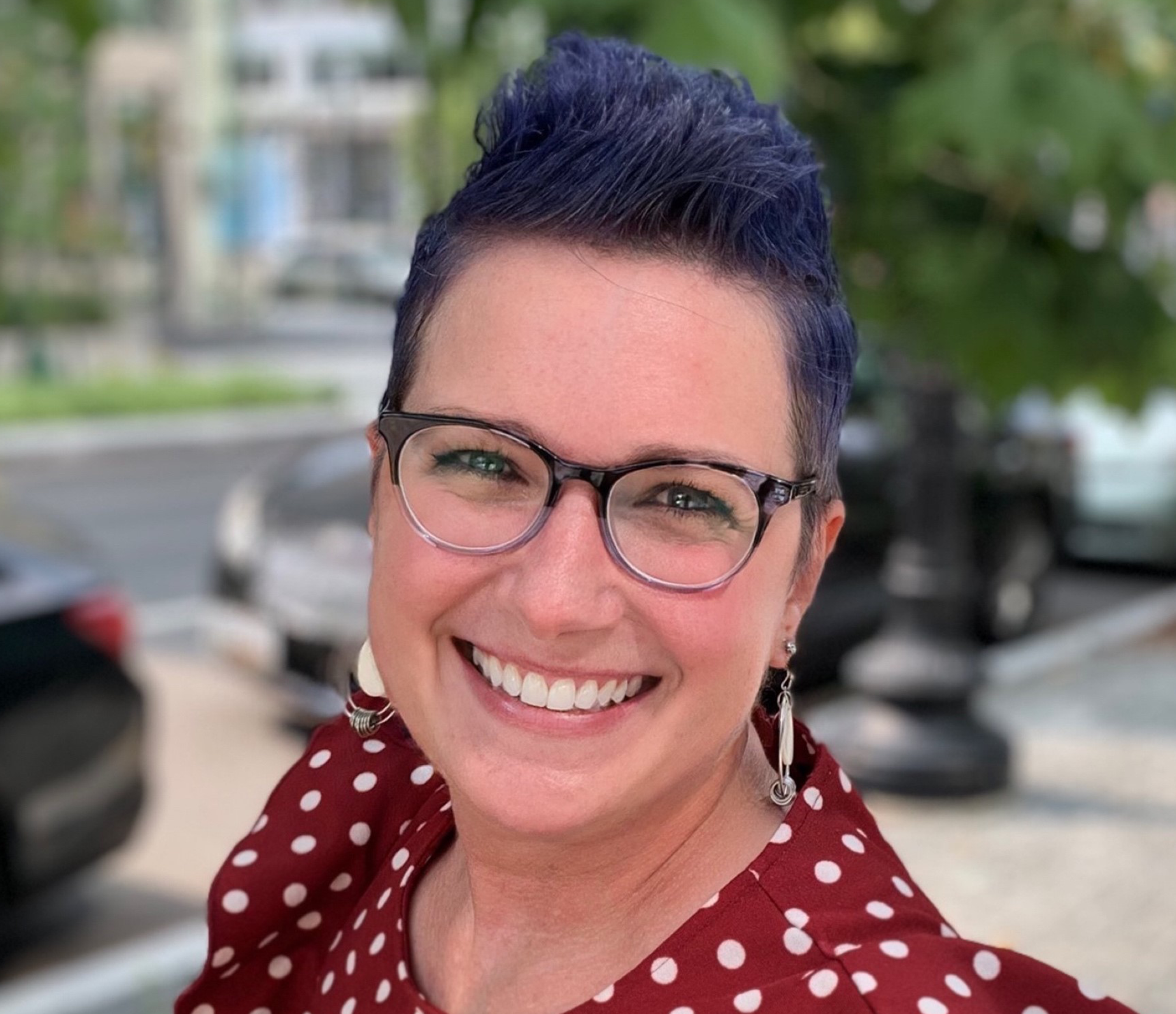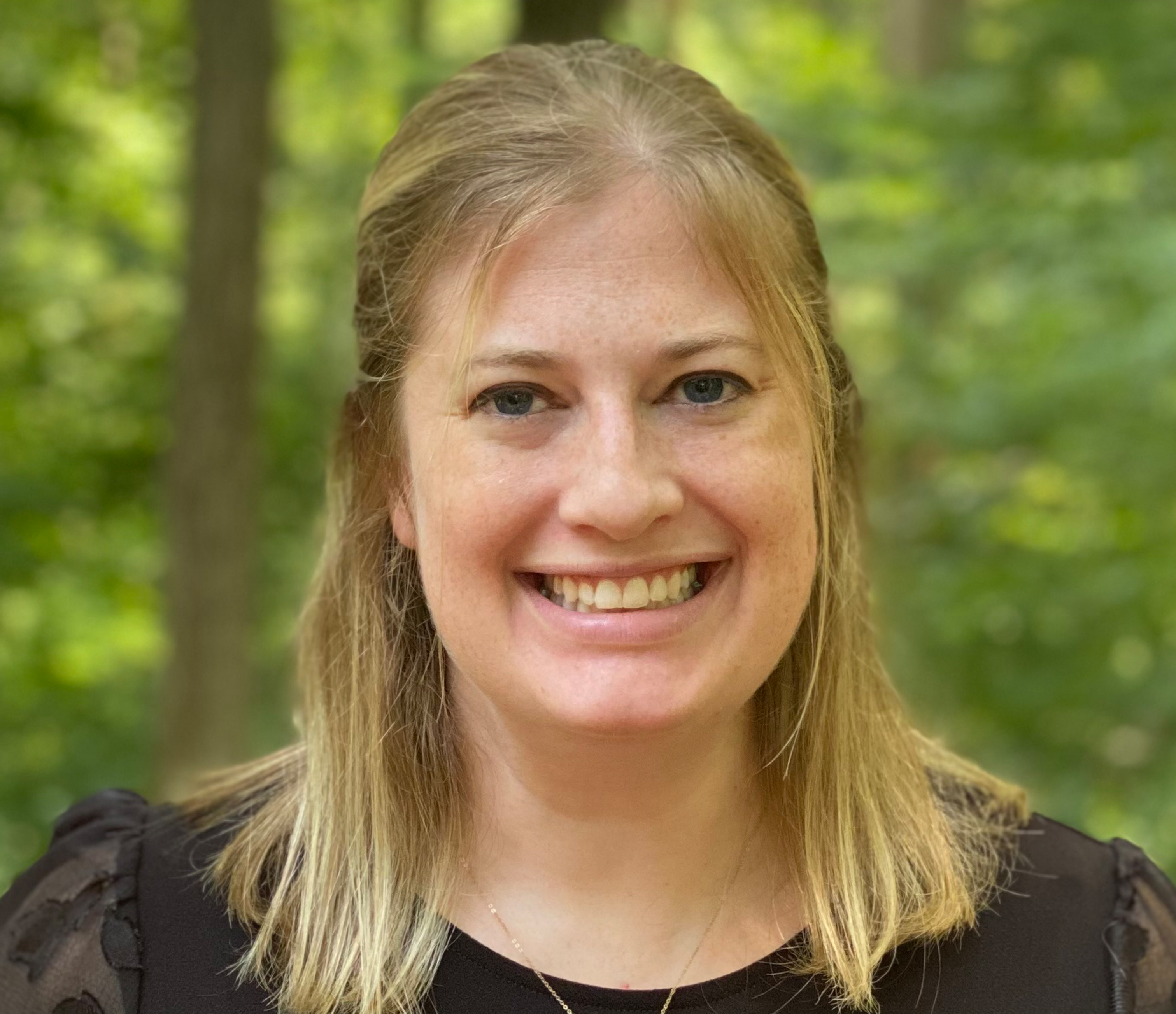Radar on Medicare Advantage
-
SFHP Leverages Local Connections, In-House Capabilities to Launch D-SNP
To prepare for new integrated care requirements for dual eligible Californians, San Francisco Health Plan (SFHP) and other Medi-Cal plans are in throes of setting up a Medicare Advantage Dual Eligible Special Needs Plan (D-SNP) in their service area, if they haven’t done so already. During the 15th Annual Medicare Market Innovations Forum, held April 8-9 in Orlando, Florida, SFHP’s Diane Sargent discussed the daunting task of building a D-SNP and the tremendous potential to improve care delivery for up to 47,000 dual eligible beneficiaries in the plan’s service area.
As part of the California Advancing and Innovating Medi-Cal (CalAIM) initiative, the state’s Dept. of Health Care Services (DHCS) is implementing new policies to promote integrated care for duals that build on the Coordinated Care Initiative (CCI), the state’s financial alignment demonstration with CMS that included Medicare Medi-Cal Plans (MMPs) serving duals. Under the first phase of CalAIM, which kicked off in January 2023, DHCS launched D-SNPs in the seven CCI counites. Under an exclusively aligned enrollment (EAE) model, duals access their Medicare and Medi-Cal coverage via the same managed care plan. Managed care plans in non-CCI counties that wish to continue serving dual eligibles must launch EAE D-SNPs no later than Jan. 1, 2026.

-
News Briefs: OIG Chief Says Agents Are ‘Struggling to Keep Up’ With Medicare, Medicaid Fraud
Testifying before the U.S. House Committee on Energy and Commerce, HHS Inspector General Christi Grimm identified Medicare Advantage risk adjustment and durable medical equipment as two areas at risk for fraud and improper payments. The current MA payment structure, which adjusts payments based on the relative health of beneficiaries, “creates an incentive for managed care plans to make patients appear sicker simply to claim payments to which they are not entitled,” she told representatives during the April 16 hearing. She noted that OIG identified MA overpayments across 33 audits amounting to more than $500 million, an amount that “is likely just the tip of an iceberg.” She said these issues raise questions about the accuracy of the data and whether patients are receiving needed treatment. In addition, OIG’s work looking at Medicaid managed care demonstrates that “states need better, more useful data that would ensure states are not paying for deceased enrollees or paying for an enrollee who has moved to another state,” she said. OIG is “struggling to keep up” with the pace of the growing health care industry and is “declining 300 to 400 viable fraud cases per year because we don’t have the agents to work them,” she added.
-
Finalized Broker Pay Cap Appears to Exclude FMOs, But Impact Remains Unclear
Building on a sweeping set of marketing-related provisions that went into effect this year, CMS’s recently finalized 2025 Medicare Advantage and Part D rule put new restraints on agent and broker compensation, among other things. The provisions advance the Biden administration’s ongoing efforts to shield consumers from misleading marketing, but with more of a focus on activities performed by independent agents and brokers rather than the broader third-party marketing organization (TPMO) industry that was targeted in previous rulemaking. Industry experts tell AIS Health, a division of MMIT, that the finalized provisions are still open to interpretation when it comes to the role of one type of TPMO — field marketing organizations (FMO) — which often conduct lead generating and advertising on behalf of plans.
-
With Less Funding, MAOs Seek Creative Tradeoffs to Preserve Benefits
As Medicare Advantage insurers face revenue headwinds driven by changes to risk adjustment, Star Ratings and benchmark rates, one overarching question at recent conferences and webinars has been, how will MA plans do more with less? Medicare beneficiaries in recent years have flocked to MA largely because of rich benefit offerings they can’t get in fee-for-service Medicare, and they have grown accustomed to items like comprehensive dental, flex cards and fitness benefits. But as the June 3 bid deadline approaches, insurers are considering what benefits they may have to tweak and how they’ll market those benefits to consumers for 2025.
During an April 3 webinar cohosted by Deft Research and Rebellis Group, Deft Vice President of Client Services Rob Lourenço said the market is already showing signs of revenue changes trickling down to the consumer. In its latest Medicare Shopping and Switching Study, Deft observed a slight “pullback in certain benefits” and at a high level saw more removals of benefits than additions this year. Comparing plans that were offered in both 2023 and 2024, Deft saw that routine eye exam coverage remained stable, while 4% of plans removed eyewear coverage and 1% added the benefit, resulting in a net decline of -3% for eyewear access.

-
‘LTSS-Like’ Supplemental Benefits Aim to Fill a Gap, but Enrollment Remains Low
Millions of seniors report needing long-term services and supports that can assist with daily activities and disease management, but many don’t qualify for Medicaid, the primary source of LTSS coverage. Medicare Advantage plans have stepped up to fill in the gap with “LTSS-like” supplemental benefits, which range from select Special Supplemental Benefits for the Chronically Ill such as home modifications and service dog support, to Expanded Primarily Health-Related Benefits, including adult day services, in-home support services and caregiver support.
New research from ATI Advisory explores who has access to and ultimately enrolls in MA plans that offer LTSS-like supplemental benefits. The analysis of CMS data found that 82% of Medicare-only beneficiaries (i.e. those who are not dually eligible for Medicaid) have access to at least one plan that offers at least one LTSS-like benefit. Despite the wide availability of LTSS-like plans — particularly in high-population urban areas — just 9% of beneficiaries are enrolled in them, representing about 2 million people.


The Latest
Meet Our Reporters
Meet Our Reporters


















